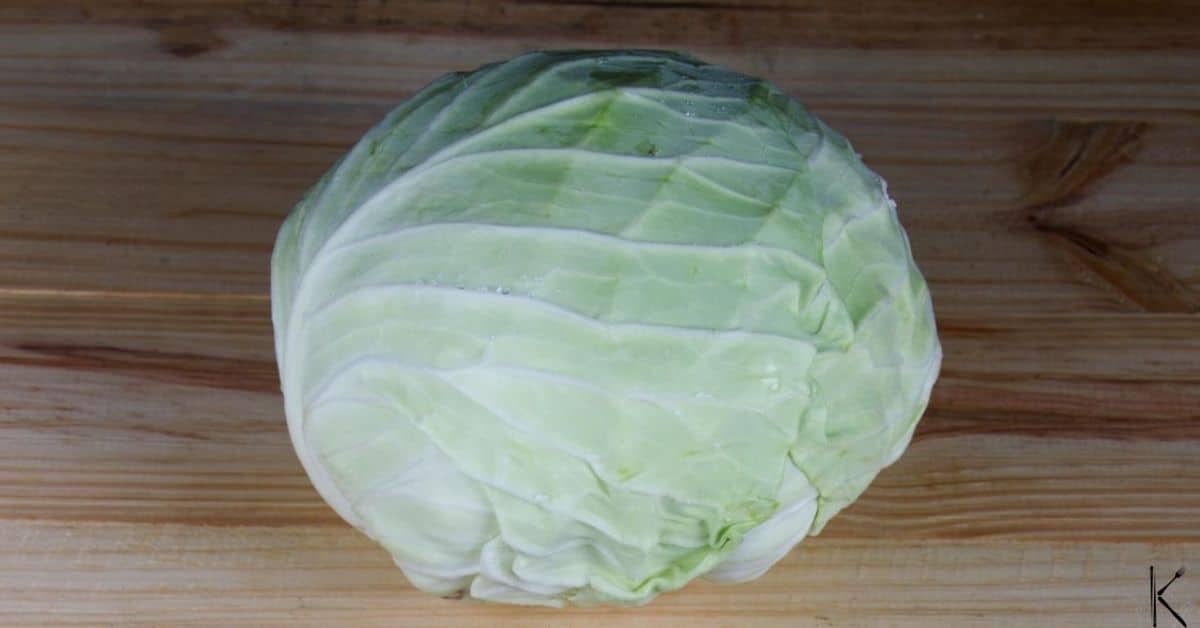

Can you freeze raw cabbage without blanching?.How long can you freeze cooked cabbage?.Should cabbage be cooked before freezing?.This is a funded project were USDA is among the funding partners. In the U.S., there is the National Center of Home and Food Preservation. – What authorities do not recommend freezing cabbage without blanching? If you take these steps, raw cabbage can last 3 weeks to 2 months. Don’t wash the cabbage until you plan to use it. Store it in a plastic bag and it will help to retain the moisture. Keeping the outer leaves on the cabbage also helps to keep in moisture and protects the inner parts that you will prepare later. Refrigerate raw cabbage in the crisper drawer of your refrigerator if possible. – How do I store raw cabbage in the refrigerator? It kills bacteria and retains color, flavor and texture, but does also help retarding the loss of vitamins.Ĭabbage soup is perfectly fine to freeze. You can obviously freeze raw cabbage, but blanching is the best way to go if you want to store the cabbage for a longer time.

Remember that the cabbage is still raw even though it is soft. Wash the leaves and roll up the contents of the recipe you are preparing and cook. When it’s thawed you can easily peel of the leaves without them breaking or tearing. Once the cabbage is frozen, take it out of the freezer 24 hours before making the cabbage rolls. If you plan on making cabbage rolls and want to make the wrapping process a lot easier, just place a cabbage head in an airtight freezer bag and place it in the freezer.

Nothing complicated with this, but make sure you keep it in airtight containers and label your frozen cabbage with the date it was stored. For this you just put it in freezer bags or containers. Using a vacuum sealer is also a good way to store the cabbage before you put it in the freezer.įreezing cooked cabbage or leftover cabbage is also possible. You can then pack the cabbage in serving size portions in freezer bags or food containers. (You can use a wire basket in a large pot and it would be easier to remove the cabbage once done.)ĥ. If you have shredded or cut the cabbage in small pieces cook them for only 1.5 minutes. Boil water in a large pot and once it start boiling you add the cabbage wedges and let them cook for 3 minutes. Alternatively, you can have the cabbage shredded or cut in small pieces.ģ. This will take care of any unwanted “guests” the cabbage may carry.Ģ. Then wash the cabbage or let it float in water in the sink. To prepare raw cabbage for freezing, you will take the a head of cabbage and remove the outer leaves. It will also help in killing any microorganism present in the cabbage.ġ. Enzymes are active in the ripening process of vegetables, so blanching will prevent the natural maturation process that may otherwise lead to your frozen cabbage becoming less appetizing. The reason for this is because it stops the actions of enzymes, which are present in the raw cabbage. Why do you want to blanch? Well, blanching is a very important process in freezing cabbage. The best way and safest way of freezing cabbage is to prepare it for blanching. Due to the change in texture, using frozen cabbage for coleslaw, salads, or other recipes that require a crispy crunch to them is not ideal. A once crisp head of cabbage will become soggy, however, the flavor can be retained. How you go about freezing cooked cabbage or freezing fresh cabbage will depend on how you plan to use it.įreezing cabbage can change its texture. Luckily, freezing cabbage can be done fairly easily. In most cases, when we think of cabbage, we tend to think of the green and red cabbage which are delicious when eaten raw, lightly cooked, steamed, stir-fried, or boiled and they can both be frozen before making any of these dishes.

Savoy Cabbage – Very good to use in cooked dishes such as soups and stir-fries.Red Cabbage – Used often in coleslaw and leafy green salads.Green cabbage leaves are also used to make cabbage rolls. Green Cabbage – The most popular cabbage, and can be eaten raw but also used in stir-fry recipes, soups, and braises.You probably know that cabbage comes in different varieties such as:


 0 kommentar(er)
0 kommentar(er)
